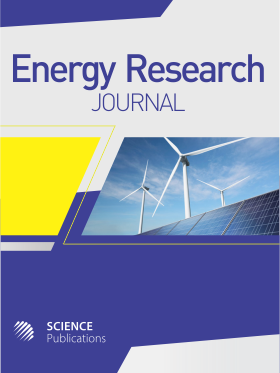Vertical Axis Marine Current Turbine Modelling
- 1 Department of Mechanical and Manufacturing, University of the West Indies, St Augustine, Trinidad And Tobago
Abstract
The development of alternative energy sources has attracted worldwide interest given the adverse effects of fossil fuels on the global climate as well as their unsustainability. This study examines the feasibility of marine power generation off the East Coast of Trinidad and Tobago and focuses mainly on the Vertical Axis Marine Turbine as the power generator. At this location where the data was collected, measurement depth varied between 3 to 10 m and an average marine current speed of 0.86 m/s suggests the possibility of generating power through submerged turbines. The modeled VACT produces an average of 2870 Watts of power from a single unit. After considering the technical and environmental factors, this study concludes it is feasible to utilize marine current resources off the East Coast of Trinidad for Power Generation.
DOI: https://doi.org/10.3844/erjsp.2022.21.29

- 7,309 Views
- 2,928 Downloads
- 0 Citations
Download
Keywords
- Darrieus
- Double Stream-Tube Model
- Marine Current Energy Devices (MCED)
- Marine Current Turbines (MCT)
- Ocean Energy
- Ocean Renewable Energy
- Vertical Axis Current Turbine (VACT)
